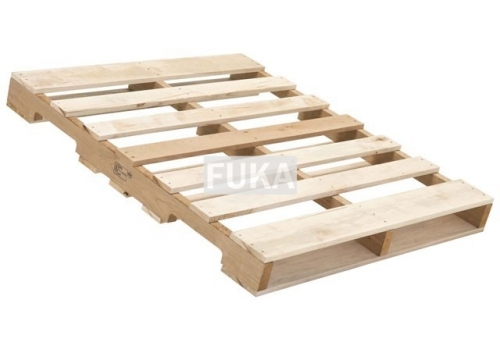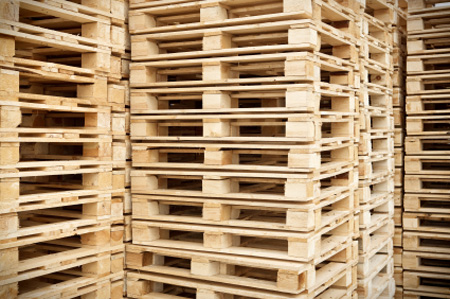
Product
Heat Treated Wooden Pallet
Heat Treated Wooden Pallet
**Free onsite measurement and advice.
**Price quoted including professional advice.
Please call/SMS/whatsapp
*******Free Quatation*******
017-641 2290
Heat Treated Wooden Pallet
Wooden pallet is a flat transport structure that supports goods on stable fashion while being lifter by a forklift,pallet jack,front loader,work saver, or other jacking device or a crane.Wooden pallet is the structural foundation of a unit load which allows handling and storage efficiencies. Goods of shipping containers are often place on pallet secured with strapping ,stretch wrap or shrink wrap and shipped.
Heat Treatment or Fumigation can be provided for export purposes.
Fumigation and Heat Treatment Process for Wooden Pallets
Wooden pallets are widely used for storing and transporting goods across the globe. However, since wood is a natural material, it can harbor pests, fungi, and insects that may be harmful to agriculture or ecosystems in other countries. To prevent the spread of these pests through international trade, the International Plant Protection Convention (IPPC) introduced the ISPM 15 standard, which requires wood packaging materials to undergo fumigation or heat treatment before export.
What Is Heat Treatment?
Heat treatment (HT) is a process where wooden pallets are exposed to a high temperature for a specific period to kill pests and pathogens.
Process:
-
The pallets are placed inside a specialized heat chamber or kiln.
-
The wood’s core temperature must reach 56°C (132.8°F) and be maintained for at least 30 minutes.
-
The temperature is monitored using sensors placed inside the wood or on the pallet surface.
✅ Purpose:
-
Destroys larvae, insects, and fungi that may live inside the wood.
-
Ensures the pallet meets ISPM 15 requirements for export.
Applications:
-
Widely used in international shipping.
-
Preferred in countries that restrict chemical treatments.
What Is Fumigation?
Fumigation is a chemical treatment method using Methyl Bromide (MB) gas to sterilize wooden pallets and kill pests.
Process:
-
Pallets are placed inside an airtight chamber or under a tarp.
-
Methyl bromide gas is introduced and circulated around the pallets.
-
The fumigation period typically lasts 16 to 24 hours, followed by ventilation to release the gas safely.
-
Treated pallets are marked with “MB” in the IPPC stamp.
Purpose:
-
Effectively eliminates termites, beetles, and other wood-borne pests.
-
Also used when heat treatment facilities are not available.
Drawbacks:
-
Toxic to humans and the environment.
-
Use of methyl bromide is banned or restricted in many countries, including the EU.
-
Leaves chemical residues and requires handling precautions.
ISPM 15 Marking
After treatment, the wooden pallet is stamped with a permanent IPPC mark, showing:
-
IPPC logo
-
Country code (e.g., MY for Malaysia)
-
Treatment code:
-
HT for heat treatment
-
MB for fumigation with methyl bromide
-
-
Registration number of the treatment facility
This marking ensures that the pallet complies with international phytosanitary standards.
Environmental Considerations
-
Heat treatment is more eco-friendly as it uses no chemicals.
-
Fumigation contributes to ozone depletion and poses health risks.
-
Many countries are moving away from methyl bromide in favor of safer alternatives like HT.


